Spring into Gardening: Tips for Preparing Your Garden for the Season
/Winter has come to an end and even if the weather in your area is still cold, there is much you can do to prepare for the spring gardening season, and plenty of time to still have a healthy, abundant harvest in as little as a few weeks, depending on your growing zone.
Now is the time to start dreaming of all the possibilities for your garden. If you haven't already, start planning out what kind of plants you want to add or maybe even consider reorganizing your space. You may want to think about what vegetables and herbs you would like to grow or if you'd like to add any annuals or perennials for color. Take into account how much sunlight you have in your intended growing area and what your soil quality is like, if you want to grow in ground as opposed to in containers or raised beds.
Once you have a plan in place, it's time to get to work.
Take stock of your planting space
Location, location, location
This is an obvious step that so many people neglect: it's not enough to just think about where you want to plant, but you have to take stock of that space and its suitability for the plants you want to grow. For in-ground planting, make sure the spot is obstruction-free and easy to get in and out of. If you have back or knee problems, you may want to consider a raised bed, which requires less bending and is generally easier to work in. Container gardening is also a good option for ease, and is great if you are short on space. You can easily grow most leafy greens, pole beans, tomatos, eggplants, and peppers in large pots.
Containers and watering
Container gardening may seem like a breeze, but don't be fooled! It requires a little extra TLC compared to its in-ground cousin. Keep your green thumb on high alert! Plants in containers tend to dry out quicker, especially with clay pots, and require more frequent fertilization due to the fertilizer being washed out with each watering. When selecting a spot for your garden, it's important to consider ease of watering. Hauling heavy watering cans back and forth from the hose or rain barrel can be tiring, and there may be times when watering from a can is necessary, such as when adding fertilizer or microorganisms to the soil.
Prepping the soil
Many individuals start the process of growing a plant by placing it in soil and watering it. Growing plants in this way may have negative consequences, such as reduced yields and increased vulnerability to diseases and pests. Whether you're planting flowers, herbs, fruits, or veggies, the very best thing you can do is give them a good start by taking the time to enrich the soil before you plant. Applying soil conditioner, worm castings, or compost, along with perlite to improve drainage, can effectively improve soil quality. Enriching your soil -- even if you're using ready-made, store-bought bags -- will also ensure an abundant harvest and in some cases, a longer growing season.
How much sunlight?
Before you plant, you should also observe the sunlight in the place you plan to grow your plants. How many hours of direct sunlight does it get? Is it in a partially shady area? Paying attention to how light and heat move throughout your space makes a big difference in how successfully your plants will grow. While most flowers prefer at least partial sun, some, like alyssum and bee balm, can tolerate shady conditions. Vegetables like chard, spinach, and kale grow best in shade, although I have had success with rainbow chard grown in either sunny or shady, warm, or cool conditions.
Nutrients for your plants
Aside from a good location, good soil, and adequate light, you'll have to consider what kinds of nutrients your plants need. You can choose to take a quicker and easier route for gardening, but it may result in a smaller and less healthy harvest. Alternatively, putting in more effort and time can lead to better results. While generic fertilizers (whether synthetic or organic) can provide plants with necessary nutrients, using specialized formulations such as tomato food can yield better results.
The packaging of any fertilizer will display three numbers. These numbers indicate the levels of Nitrogen, Phosphorous, and Potassium present in the fertilizer (N-P-K). Nitrogen promotes leaf growth and is recommended for establishing sufficient foliage. Nitrogen-deficient plants are usually small, develop slowly, and may be pale green or yellow in color. It's best to apply a nitrogen-rich fertilizer in the spring and early summer for best results, as this is when the plant needs it most. Phosphorous aids in seed germination and promotes the growth of robust root systems in seedlings. Use it for better blooms during flowering. Potassium is beneficial for plants as it aids in disease resistance and enhances their ability to endure harsh environmental conditions like cold temperatures and drought.
Aside from the “macronutrients” N-P-K, there are also secondary nutrients and micronutrients that help plants thrive. Secondary nutrients consist of calcium, magnesium and Sulphur. Calcium helps create strong cell walls – when it is deficient, it can lead to a plant's blossoms and buds dropping prematurely. Magnesium helps with the development of sugars, oils, and fats, and is an essential component of chlorophyll. Severe deficiencies in this nutrient (which can also be caused by excess application of potassium) will cause leaves to curl at the edges. Sulfur helps with seed production and is responsible for producing flavors, colors, and smells in brassica crops like kale, mustard greens, and cabbage, and other vegetable crops like onions, garlic, and horseradish. Similar to nitrogen deficiency, sulphur deficiency in plants often shows up in the form of pale leaves with stunted growth.
like this? Please pin!
Companion Planting
Placing vegetable and fruit plants alongside their friends helps them to thrive. This technique is known as companion planting. Certain plants have a symbiotic relationship where one adds nutrients to the soil that benefits the other, while in other instances, planting a specific type of plant can deter pests or attract predatory insects that eliminate crop-damaging pests. In some instances, placing one type of plant beside another can draw pollinators to aid in the production of fruits and vegetables. As a general rule, marigolds make good companions for most plants, attracting pollinators and (possibly) masking the scent of your vegetables from garden pests.
Planting a spring garden is not difficult when you follow these simple guidelines.
Want more tips and tools for creating a thriving garden?
If you want to go beyond planting just a thing or two to eat or want detailed advice about how to grow food you can eat every week, even if you don't have much space to work with, you can find out a lot more information in our free online/email course, The Art of Food Gardening. By signing up, you'll also get access to our library of free resources for your gardening and healthy living needs.







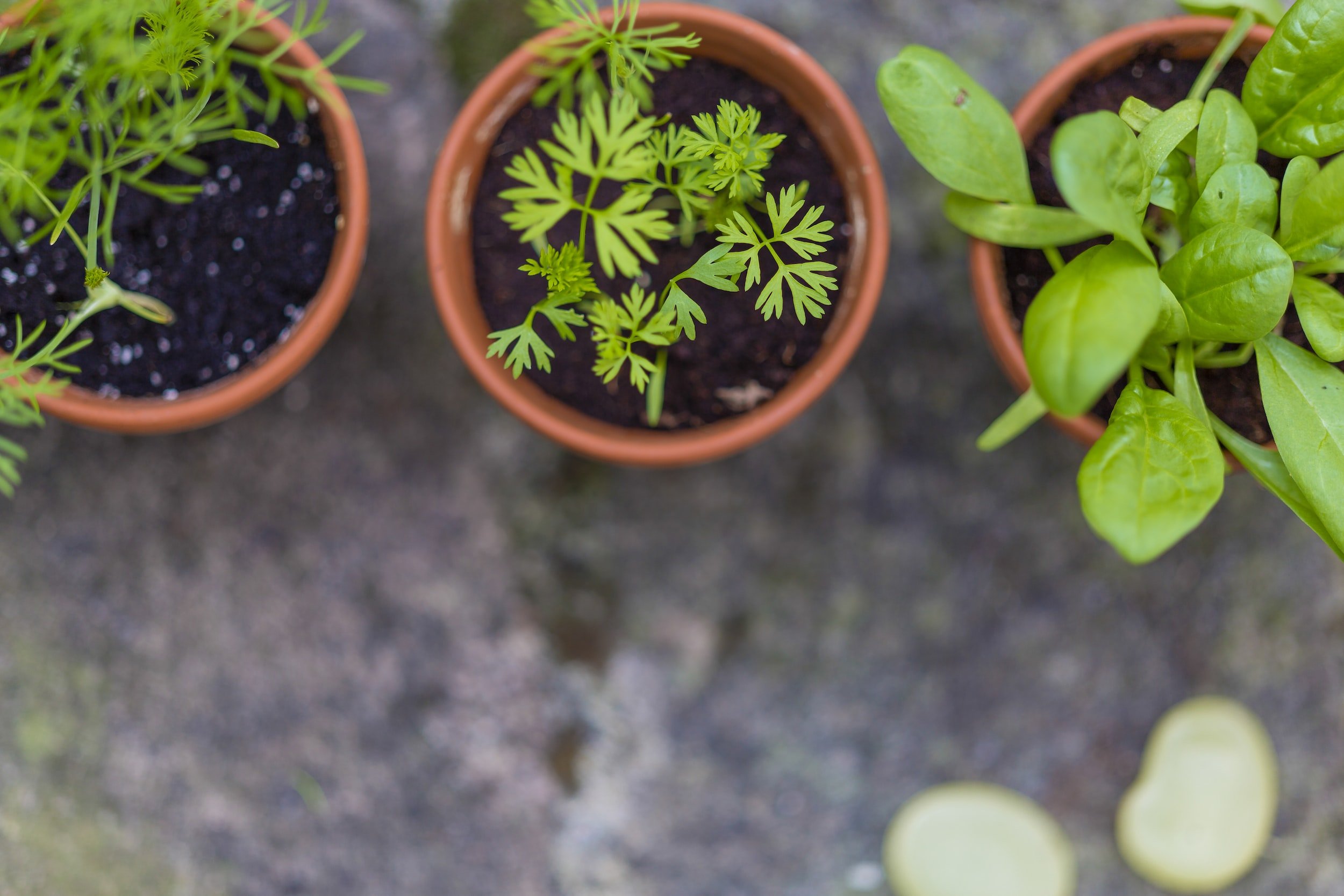






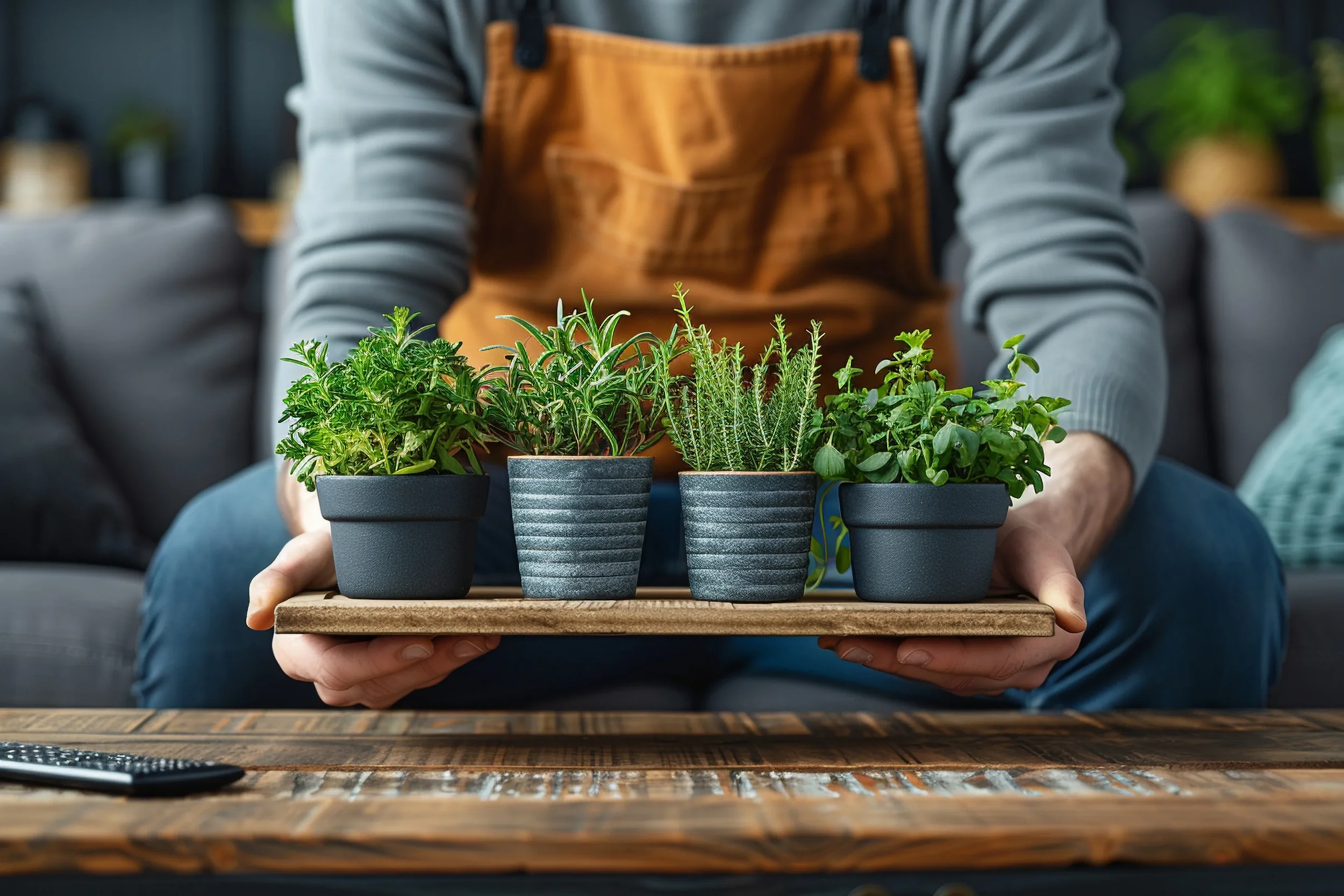







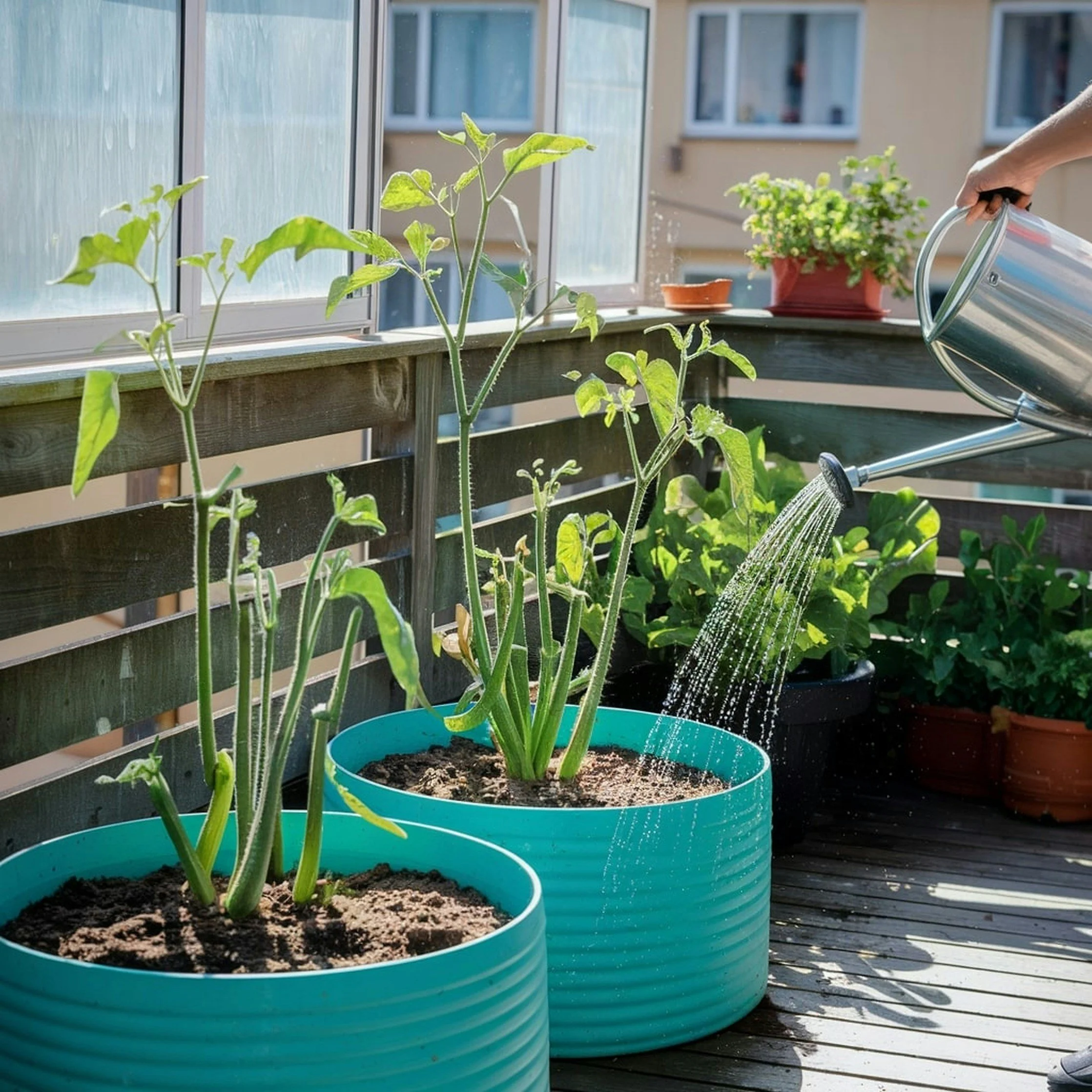
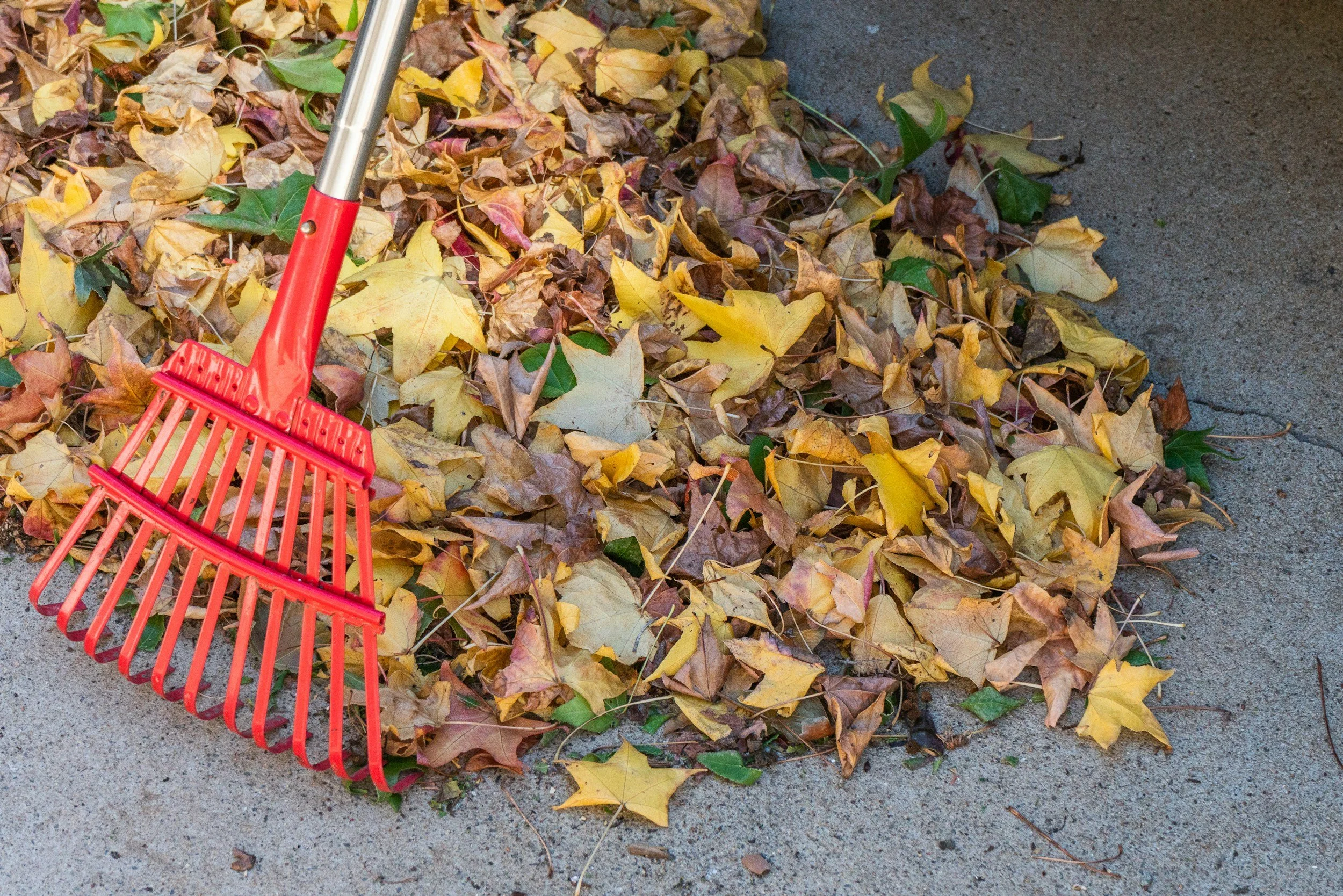






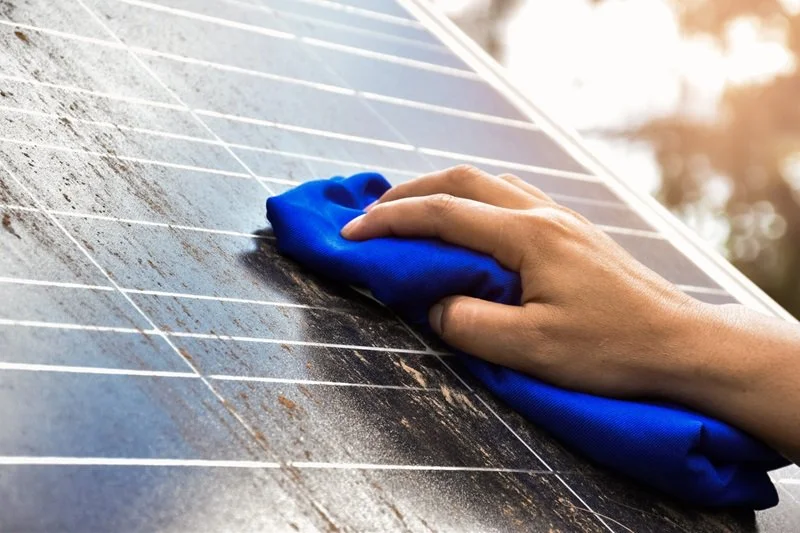

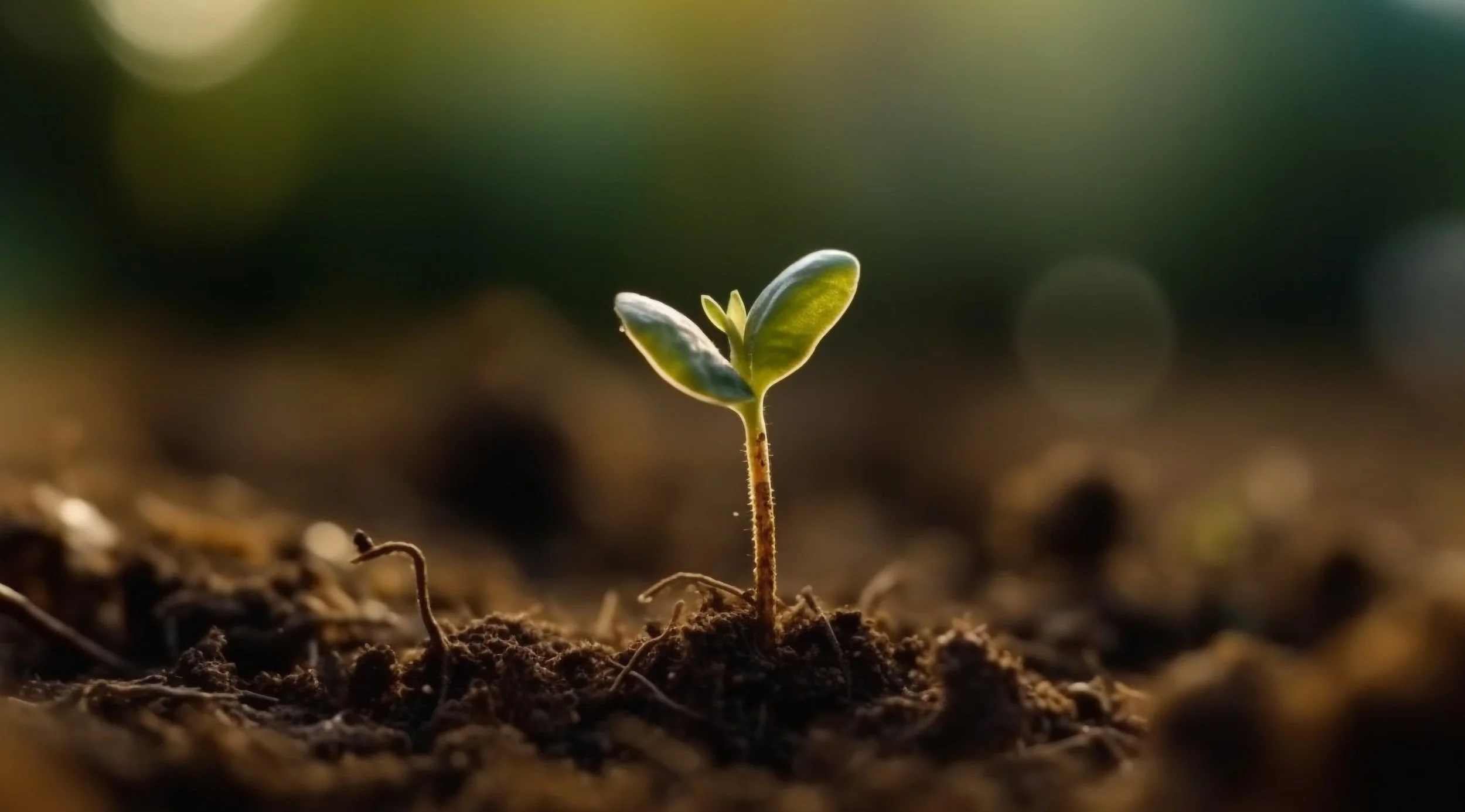



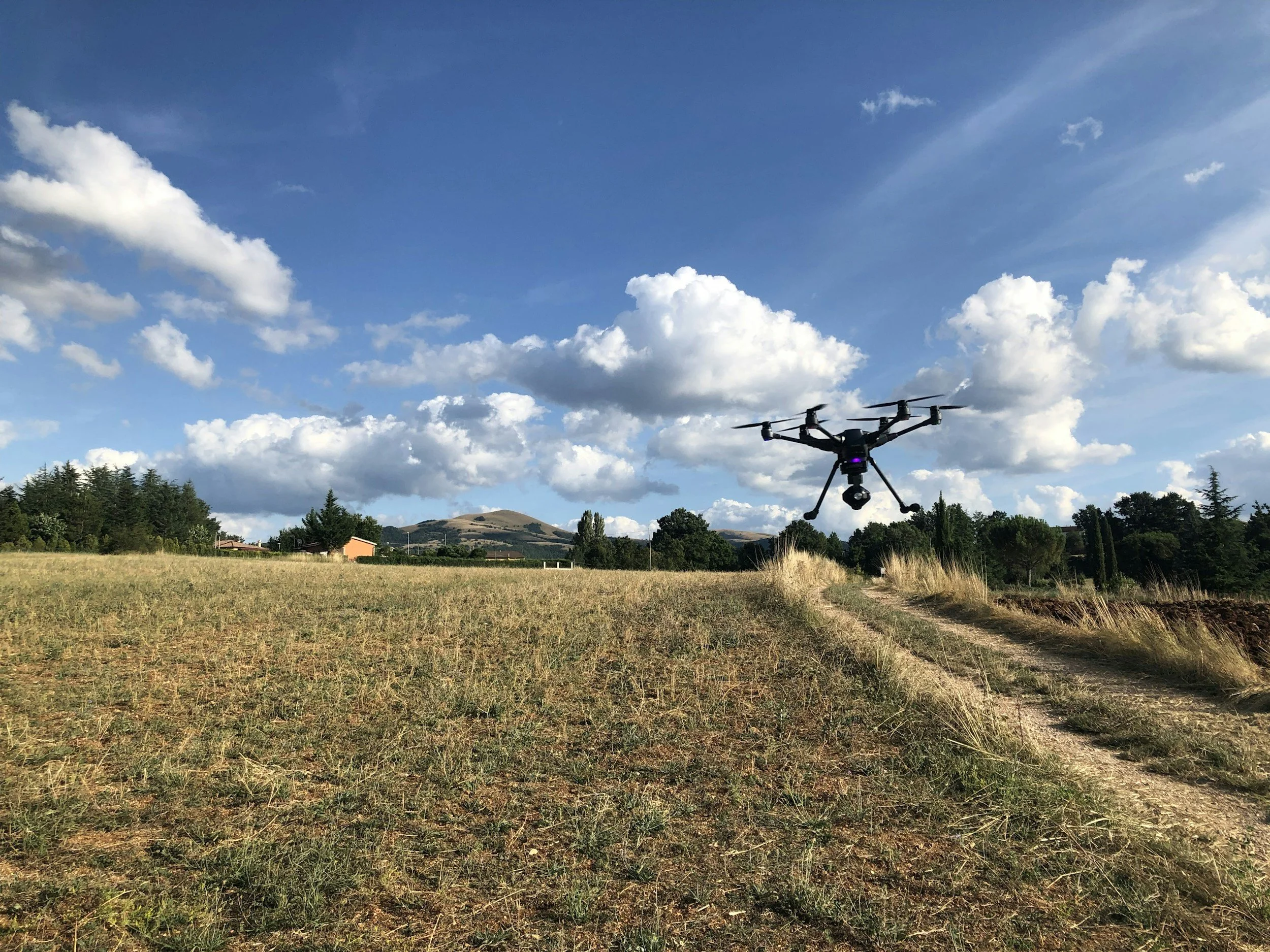


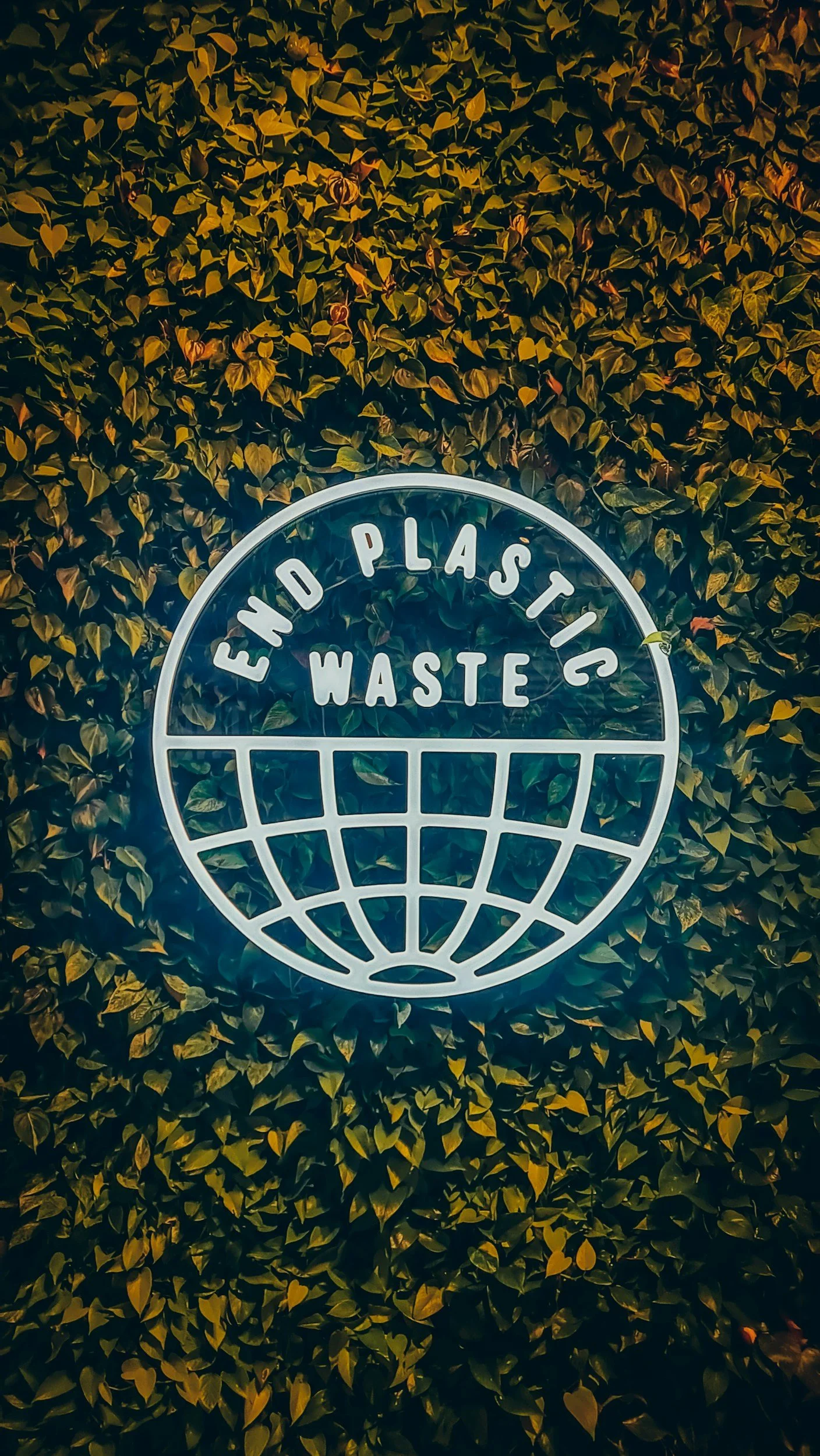




As the growing season winds down, it’s tempting to tidy up the garden by cutting back plants, raking every leaf, and prepping for a neat winter landscape. But if you want to support pollinators like bees, butterflies, and even beneficial beetles, the best thing you can do might be…a little less tidying.